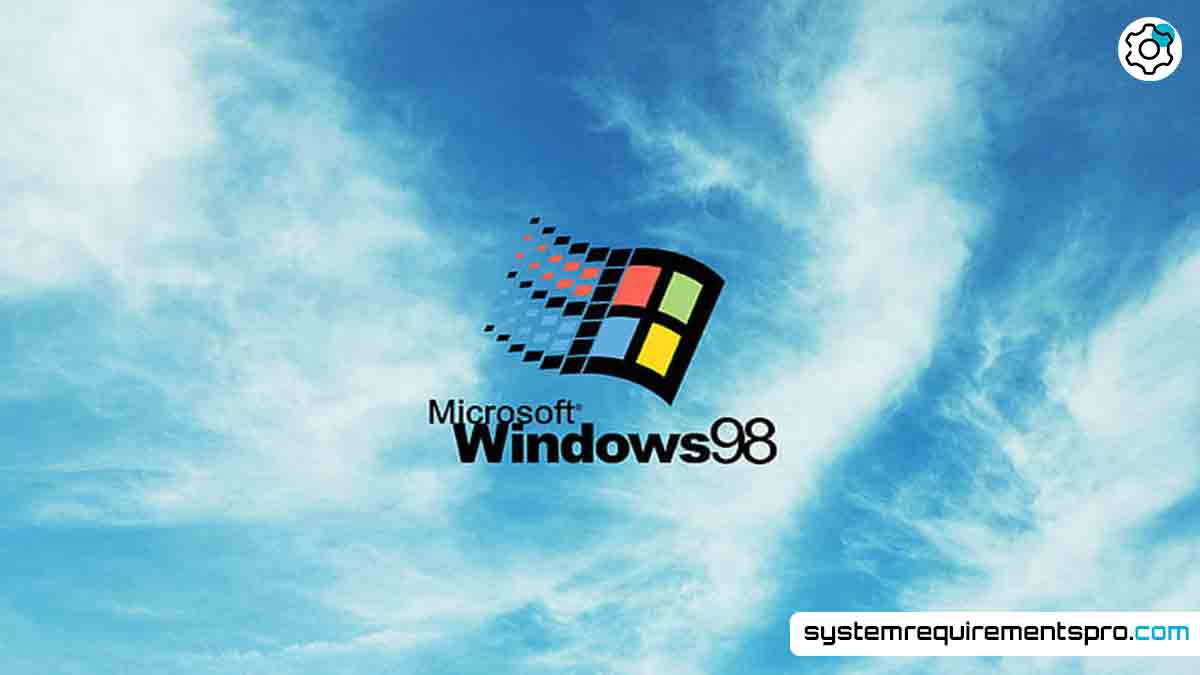Remember the days when booting your PC to the recognizable Windows 98 startup sound? For many, this operating system, which combined simplicity with innovative capabilities, was a portal to the digital age. But you have to know the Windows 98 system requirements if you want to run that experience, or run legacy hardware. Knowing these specs guarantees flawless performance, whether your project is preserving tech history or retro-computing. Let us investigate the hardware required to run this venerable operating system.
Windows 98 Minimum System Requirements
Although Windows 98 was intended to be easily available, it required particular hardware even in 1998. Here’s what you needed at a bare minimum:
Minimum Requirements
- Processor: 486DX/66 MHz or higher. While this CPU was outdated by the late ’90s, it provided just enough power for basic tasks.
- RAM: 16 MB. Multitasking was limited, but simple applications like Notepad or early web browsers could run.
- Storage: 500 MB of free hard drive space. A typical installation consumed around 300 MB, leaving minimal room for user data.
- Display: VGA monitor (640×480 resolution). Colors appeared basic, but compatibility was prioritized.
- CD-ROM Drive: Required for installation and software access. Floppy disk installations were possible but cumbersome.
While performance was slow, these specs let users run Windows 98. Opening several programs or applying advanced features usually caused crashes or slowdowns.
Windows 98 Recommended System Requirements
Microsoft advised higher specs for a better experience. Multimedia and productivity were prioritized in the recommended configuration:
Recommended Requirements
- Processor: Pentium-class CPU (90 MHz or faster). This improved multitasking and supported newer software.
- RAM: 24–32 MB. Additional memory reduced reliance on virtual memory, speeding up applications.
- Storage: 1 GB hard drive. Extra space accommodated games, utilities, and the growing popularity of digital files.
- Display: SVGA monitor (800×600 or higher). Enhanced resolution made GUIs sharper and improved usability.
- CD-ROM Drive: 12x speed or faster. Quicker data access reduced installation times.
Windows 98 could more quickly handle chores, including web browsing, document editing, and light gaming, using these specs.
Windows 98 System Requirements PC: Minimum vs Recommended
The user needs to determine which specs to choose between the minimum and recommended. While casual users could accept slower performance, professionals and aficionados gained from better hardware. The following is a quick comparison:
| Category | Minimum | Recommended |
|---|---|---|
| Processor Requirements | 486DX/66 MHz | Pentium 90 MHz+ |
| RAM Requirements | 16 MB | 24–32 MB |
| Storage Requirements | 500 MB | 1 GB |
| Display Requirements | VGA (640×480) | SVGA (800×600+) |
| CD-ROM Speed Requirements | 1x | 12x+ |
The recommended configuration improved usability and future-proofed the system, while the minimum setup kept costs down.
Optimization Tips for Windows 98 Software
Even with the right hardware, Windows 98 was all about optimization. Try these:
- Update Drivers: Check for manufacturer updates to improve hardware compatibility.
- Manage Startup Programs: Use
msconfigthis to disable unnecessary startup apps to free up RAM and reduce boot times. - Disk Cleanup & Defragmentation: Clear temp files and defragment the hard drive monthly to speed up file access.
- Adjust Visual Effects: Disable animations and desktop themes via Display Properties to reduce GPU strain.
- Get Windows 98 SE: The Second Edition had better USB support and was more stable for newer peripherals.
Conclusion
Understanding Windows 98 system requirements is essential for preserving legacy systems or recapturing the nostalgic appeal of the operating system. The minimum specs kept the OS running, but the recommended configuration released its full capability. Even though Windows 98 is still a cherished turning point in computing history, these requirements serve as a reminder of how far technology has advanced.
Frequently Asked Questions
Can Windows 98 run on less than 16 MB of RAM?
Technically, yes, but it will crash a lot. Microsoft officially supported 16 MB as the minimum.
Can I upgrade from Windows 95 to 98 without new hardware?
Yes, if your PC meets the Windows 98 requirements. Backup data before upgrading.
What specs do I need for gaming on Windows 98?
Pentium II CPU, 64 MB RAM, dedicated GPU for games like Age of Empires or Half-Life.
Does Windows 98 support USB devices?
Limited support, but the Second Edition (Windows 98 SE) has better USB support.
We hope that you have found the answer to the system requirements for Windows 98. Follow System Requirements Pro for more such updates, and bookmark this page to get the latest updates on the system requirements for Windows 98.

